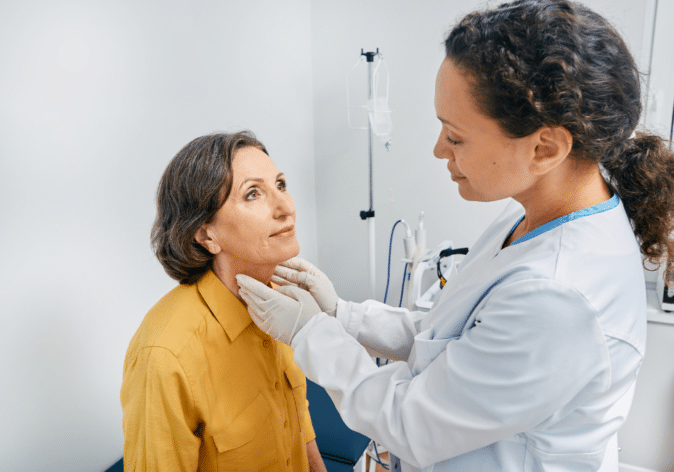Preventing The Side Effects Of Preventative Treatment
The saying ‘prevention is better than a cure’ is especially apparent when it comes to disease. But, while breast cancer prevention remains crucial, the side effects of individual treatment plans also need to be considered.
Anastrozole is a drug that is used to either prevent or control breast cancer. It’s a tablet that works by blocking the body’s production of oestrogen in postmenopausal women. It’s taken to prevent cancer recurrence, or control cancer that has spread to other parts of the body. It also reduces the chance of breast cancer in women with a higher risk of developing the disease by 50 per cent.
“So, why don’t we just give this drug to all women? Because of its potential side effects,” says Dr Nicholas Zdenkowski, Medical Advisor at Breast Cancer Trials.
He says a relatively common effect is one that would likely go unnoticed initially: bone density loss.
“This won’t be obvious until you end up with a bone fracture or see a decline in bone density on a scan,” he says.
Dr Zdenkowski was the Australian clinical lead on an international study to see if the drug risedronate could prevent anastrozole-induced bone loss.
The trial was co-led by Breast Cancer Trials and was a sub-study of the 4,000 post-menopausal high-risk patients already on the IBIS-II clinical trial that showed that anastrozole could prevent breast cancer.
This bone sub-study involved 258 of the 1,410 patients (229 from Australia and New Zealand) who enrolled in the bone study within IBIS-II. It found risedronate did indeed slow down anastrozole-induced bone loss – but couldn’t completely prevent it. While the drug stabilised loss in the lumbar spine, the hip still deteriorated.
“The options for breast cancer prevention include anastrozole, exemestane and tamoxifen, but they all come with their own set of potential side effects,” Dr Zdenkowski says.
“While bone density is something that naturally declines slowly over time, unfortunately anastrozole adds to that decline.”
He says more options are needed for patients on breast cancer prevention drugs.
Dr Zdenkowski suggests patients have their bone density monitored regularly so that osteoporotic changes are identified and treated accordingly, before the stage where they are at significantly higher risk of hip or spine fractures.
He said overall, the lessons learned from the risedronate trials tie into important decisions around preventative treatment plans. This includes, for patients with a high risk of breast cancer combined with a high risk of bone loss, whether to put them onto alternative treatments to counter the development of osteoporosis.
“There is obviously more work to be done on the prevention of breast cancer,” Dr Zdenkowski says. “The more we know, the more this helps with clinical decisions around the risk vs benefit of treatment recommendations.”
Publication:
Comparison of risedronate versus placebo in preventing anastrozole-induced bone loss in women at high risk of developing breast cancer with osteopenia. Sestak I, Blake GM, Patel R, Colemen RE, Cuzick J, Eastell R. Bone. 2019; 124:83-88, https://doi.org/10.1016/j.bone.2019.04.016.
Support Us
Help us to change lives through breast cancer clinical trials research




